This article was co-authored by Chris M. Matsko, MD. Dr. Chris M. Matsko is a retired physician based in Pittsburgh, Pennsylvania. With over 25 years of medical research experience, Dr. Matsko was awarded the Pittsburgh Cornell University Leadership Award for Excellence. He holds a BS in Nutritional Science from Cornell University and an MD from the Temple University School of Medicine in 2007. Dr. Matsko earned a Research Writing Certification from the American Medical Writers Association (AMWA) in 2016 and a Medical Writing & Editing Certification from the University of Chicago in 2017.
There are 7 references cited in this article, which can be found at the bottom of the page.
wikiHow marks an article as reader-approved once it receives enough positive feedback. In this case, 95% of readers who voted found the article helpful, earning it our reader-approved status.
This article has been viewed 174,948 times.
Minor accidents, abrasions and bruises will occur at the most inconvenient of times. After taking care of the initial bleeding (if there is any) and making sure that nothing serious is going on, it can be helpful to make a quick disinfectant to apply under a Band-Aid to optimize healing and to minimize the chance of wound infection. Read on to find out how to do this!
Steps
Evaluating the Initial Cut or Abrasion
-
1Stop the bleeding, if there is any. The best way to do this is to apply direct pressure to the wound and, if possible, to raise it above the level of the heart (if bleeding is severe). This will diminish blood flow to the area, and give time for a clot to form at the site of the wound. [1]
-
2Clean the wound well. Start by washing the area thoroughly with cool, running water. Then use an antibacterial soap, if possible, such as Dial or Soft-soap (if you do not have either of these, regular soap will do) to clean the wound.[2] If there is still debris in the wound, you may want to use a pair of clean, sterilized tweezers to remove it.Advertisement
-
3Know when to seek additional medical help. If the bleeding won't stop, or if is a deeper wound or has "foreign objects" in it (materials that cannot be removed easily), it is important to seek the advice of an experienced physician.
- Similarly, if the injured person has stepped or fallen on a sharp object (such as a nail) or been cut by a metal or rusty object, it is important to go to the Emergency Room to receive a tetanus shot (if necessary) and appropriate medical evaluation.
Making a Quick Disinfectant at Home
-
1Add warm water into a cup. Make sure that the cup is clean. Then add a teaspoon of salt into the water.
- Salt can be iodized. The salt used for regular cooking will be ideal.
- Mix well until all the salt dissolves in the water. Using warm water helps it to dissolve faster.
- Salt mixed with water has been proven to be effective as a disinfectant, as shown by researcher Dr. Sarah Forgie (a pediatric infectious disease specialist at the University of Alberta). [3]
-
2Add a tablespoon of vinegar and mix well. Any kind of vinegar (processed or natural) will do the trick. Vinegar contains a mild acetic acid, which can cleanse and disinfect wounds.
- Vinegar has been recognized for its medicinal uses and anti-infective properties since the age of Hippocrates (460-377 BC, considered the "father of modern medicine"). [4]
- If vinegar is unavailable, fresh lemon juice will also suffice.
-
3Soak the solution you have made into cotton wool. Then apply it to fresh cuts and abrasions on the skin. It is preferable to open a sealed pack of cotton wool to ensure optimum cleanliness.
- Make a fresh preparation each time this procedure needs to be repeated. This is the safest way to ensure the solution does not get contaminated in any way.
Learning About Other Disinfectant Options
-
1Understand that sometimes it is easier to store pre-made disinfectant supplies at home. Especially if you are in a household with children — who are prone to frequent cuts and abrasions while playing — it can be helpful to have some supplies in the house that are "easy-access" for when an injury does occur.[5]
- These can be purchased over-the-counter at any drugstore or pharmacy, and are described in more detail in the steps below.
-
2Purchase antiseptics. Either iodine or hydrogen peroxide is effective as an antiseptic — meaning they work to reduce the likelihood of infection in a wound.[6]
- Do not rub the area too hard when applying the antiseptic, as this may further the injury or cause irritation to the wound. Gently applying it is all that is required. [7]
- Use a cotton ball to apply the antiseptic to the wound surface; this is because the cotton ball is clean, so it will not further contaminate the wound, as opposed to using your hand.
- Note that hydrogen peroxide is the most commonly used antiseptic, and it can be purchased at any drug store or pharmacy. [8]
-
3Use topical antibiotics. Antibiotic creams or ointments, such as Neosporin or Triple Antibiotic, can be applied directly over the cut, and then covered by a Band-Aid. These greatly diminish the possibility of bacterial infection of the cut or abrasion. [9]
-
4Try other natural remedies that decrease the chance of wound infection. These have been shown to boost the immune system and to increase speed of healing. [10]
- Examples include gently rubbing aloe vera, honey, or lavender oil on the wound, and then covering it with a bandage.
Expert Q&A
-
QuestionWhy are salt and vinegar are used in disinfectants?
 Chris M. Matsko, MDDr. Chris M. Matsko is a retired physician based in Pittsburgh, Pennsylvania. With over 25 years of medical research experience, Dr. Matsko was awarded the Pittsburgh Cornell University Leadership Award for Excellence. He holds a BS in Nutritional Science from Cornell University and an MD from the Temple University School of Medicine in 2007. Dr. Matsko earned a Research Writing Certification from the American Medical Writers Association (AMWA) in 2016 and a Medical Writing & Editing Certification from the University of Chicago in 2017.
Chris M. Matsko, MDDr. Chris M. Matsko is a retired physician based in Pittsburgh, Pennsylvania. With over 25 years of medical research experience, Dr. Matsko was awarded the Pittsburgh Cornell University Leadership Award for Excellence. He holds a BS in Nutritional Science from Cornell University and an MD from the Temple University School of Medicine in 2007. Dr. Matsko earned a Research Writing Certification from the American Medical Writers Association (AMWA) in 2016 and a Medical Writing & Editing Certification from the University of Chicago in 2017.
Family Medicine Physician Salt and vinegar are used in disinfectants because in high concentrations they can act as antimicrobials.
Salt and vinegar are used in disinfectants because in high concentrations they can act as antimicrobials.
Warnings
- If you notice pus, redness, or drainage from the wound then you may want to consult a doctor.⧼thumbs_response⧽
- If wound or cut appears deep, bleeding does not stop with pressure, or the blood spurts from the wound, seek medical help immediately.⧼thumbs_response⧽
- If there is no evidence of healing after a couple of days or you develop a fever, see a medical doctor as antibiotics may need to be administered.⧼thumbs_response⧽
References
- ↑ https://health.clevelandclinic.org/how-to-stop-bleeding/
- ↑ https://health.clevelandclinic.org/how-to-stop-bleeding/
- ↑ https://www.youtube.com/watch?v=lrqWOFEH2Is
- ↑ http://www.ncbi.nlm.nih.gov/pmc/articles/PMC1785201/
- ↑ https://www.epa.gov/coronavirus/about-list-n-disinfectants-coronavirus-covid-19-0
- ↑ http://www.cdc.gov/hicpac/Disinfection_Sterilization/8_0Iodophors.html
- ↑ http://www.naturalremedies.org/abrasions/
- ↑ http://dermnetnz.org/treatments/antiseptics.html
- ↑ http://www.naturalremedies.org/abrasions/
About This Article
Before attempting to disinfect a minor cut or abrasion, stop any bleeding and clean the wound with running water. To make a quick disinfectant, mix a teaspoon of salt and a tablespoon of vinegar into a cup of warm water and stir. When the mixture has dissolved, soak it in clean cotton wool and apply to the wound. Alternatively, you can disinfect the wound using other antiseptics you may have on hand, like hydrogen peroxide or iodine. For more advice from our Medical co-author, including how to use natural remedies to disinfect wounds, keep reading!
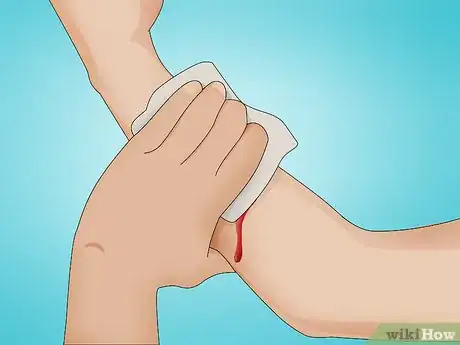
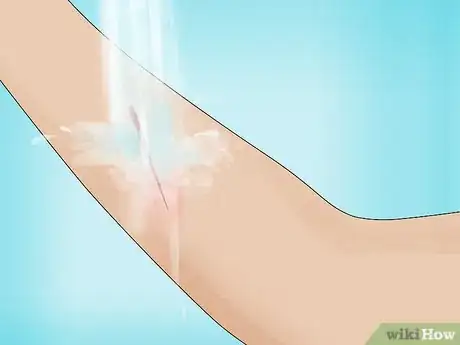
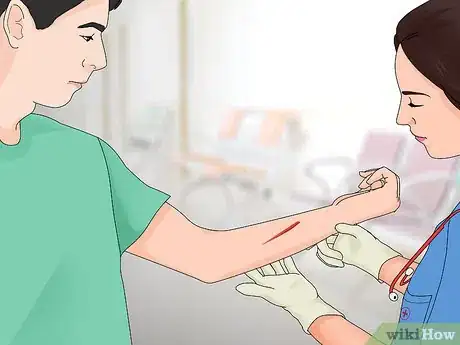
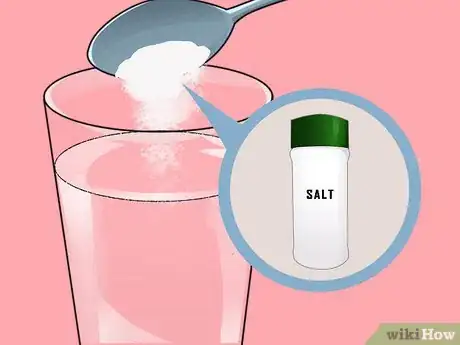
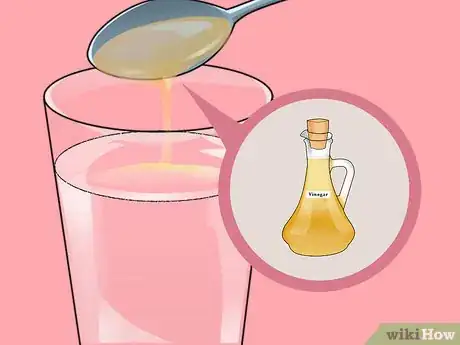
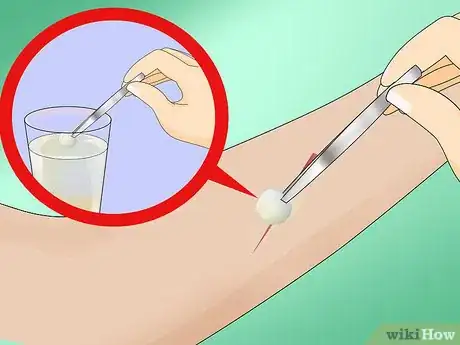
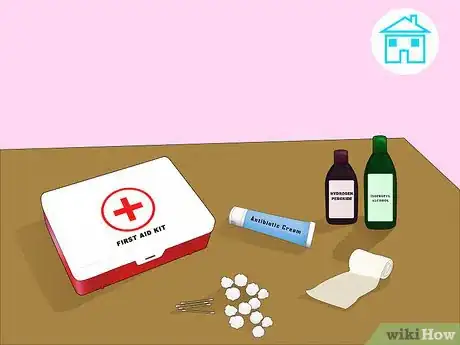
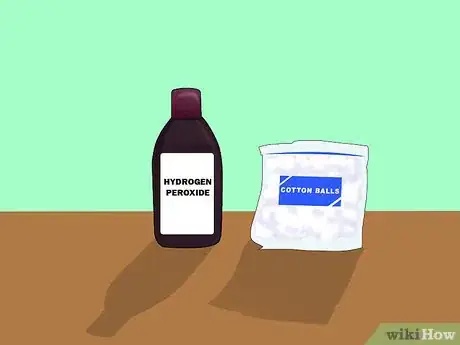
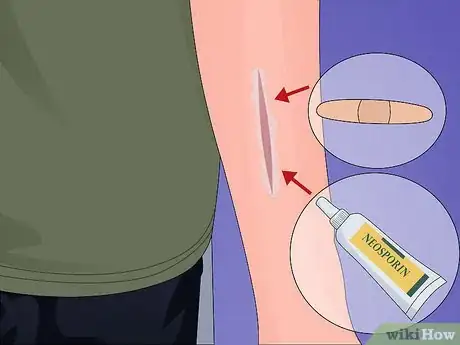
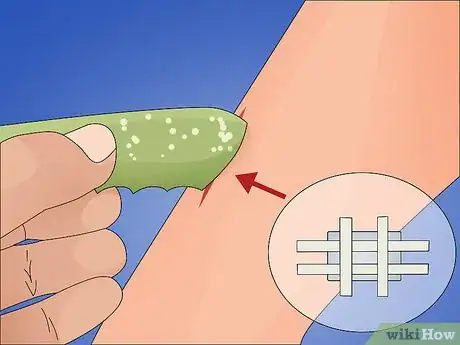
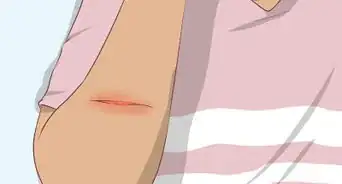
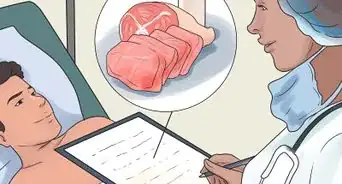
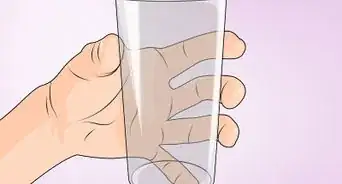
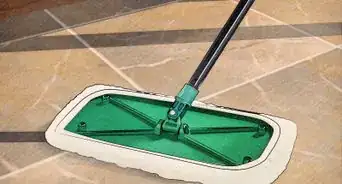
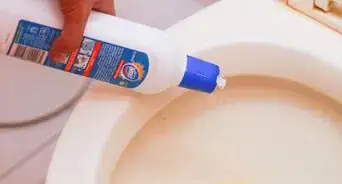
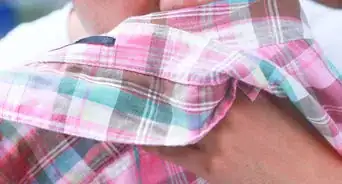

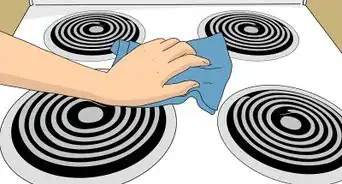










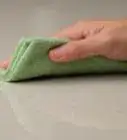
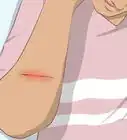
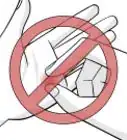




































Medical Disclaimer
The content of this article is not intended to be a substitute for professional medical advice, examination, diagnosis, or treatment. You should always contact your doctor or other qualified healthcare professional before starting, changing, or stopping any kind of health treatment.
Read More...